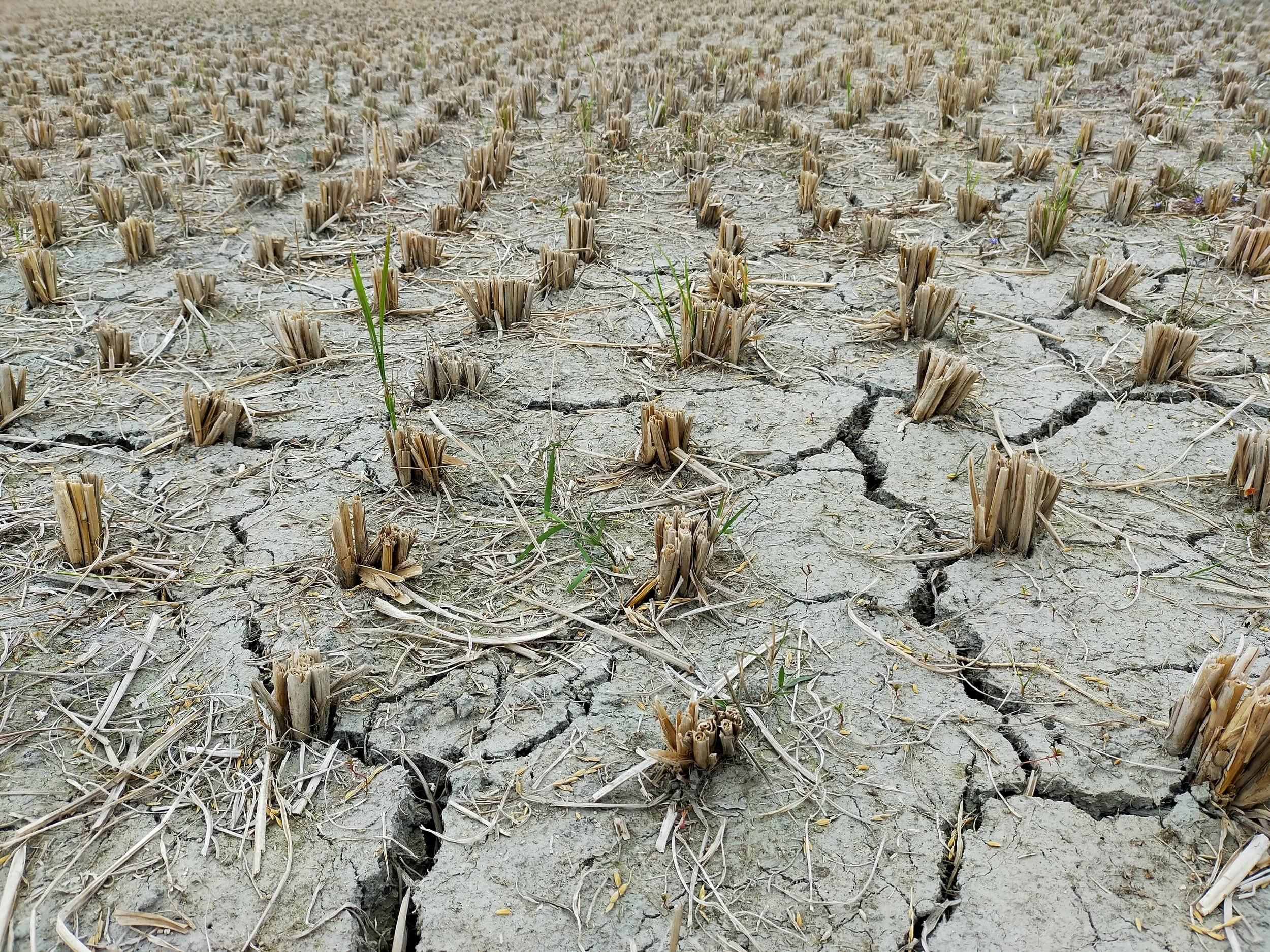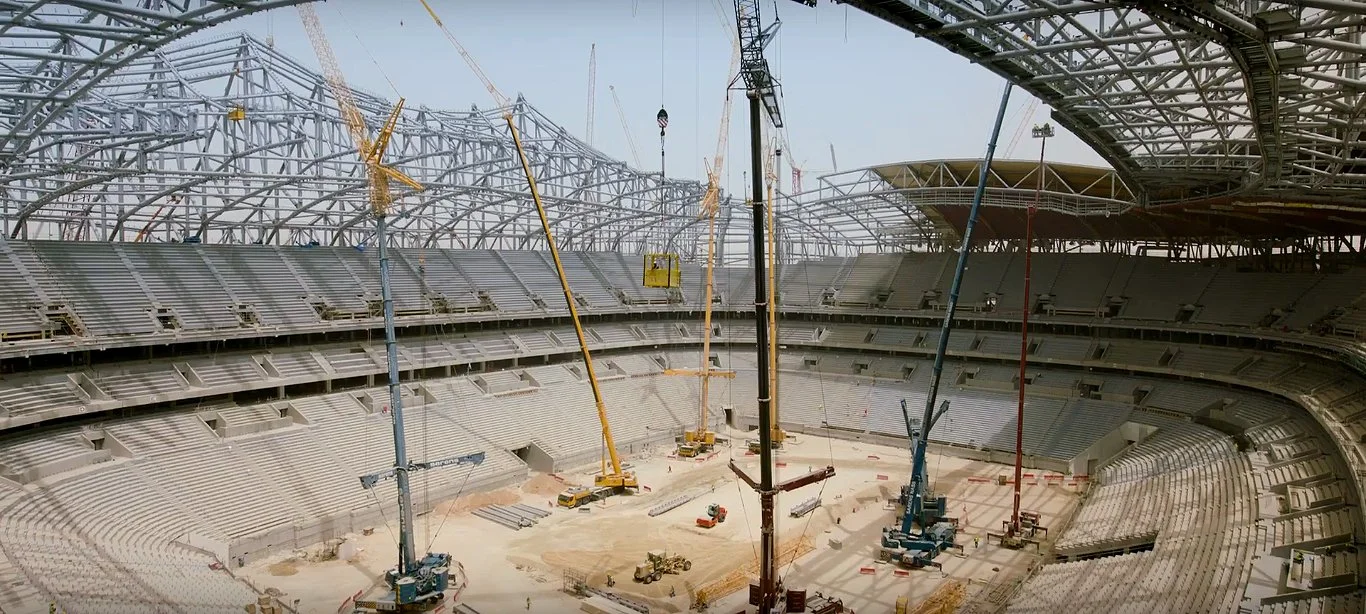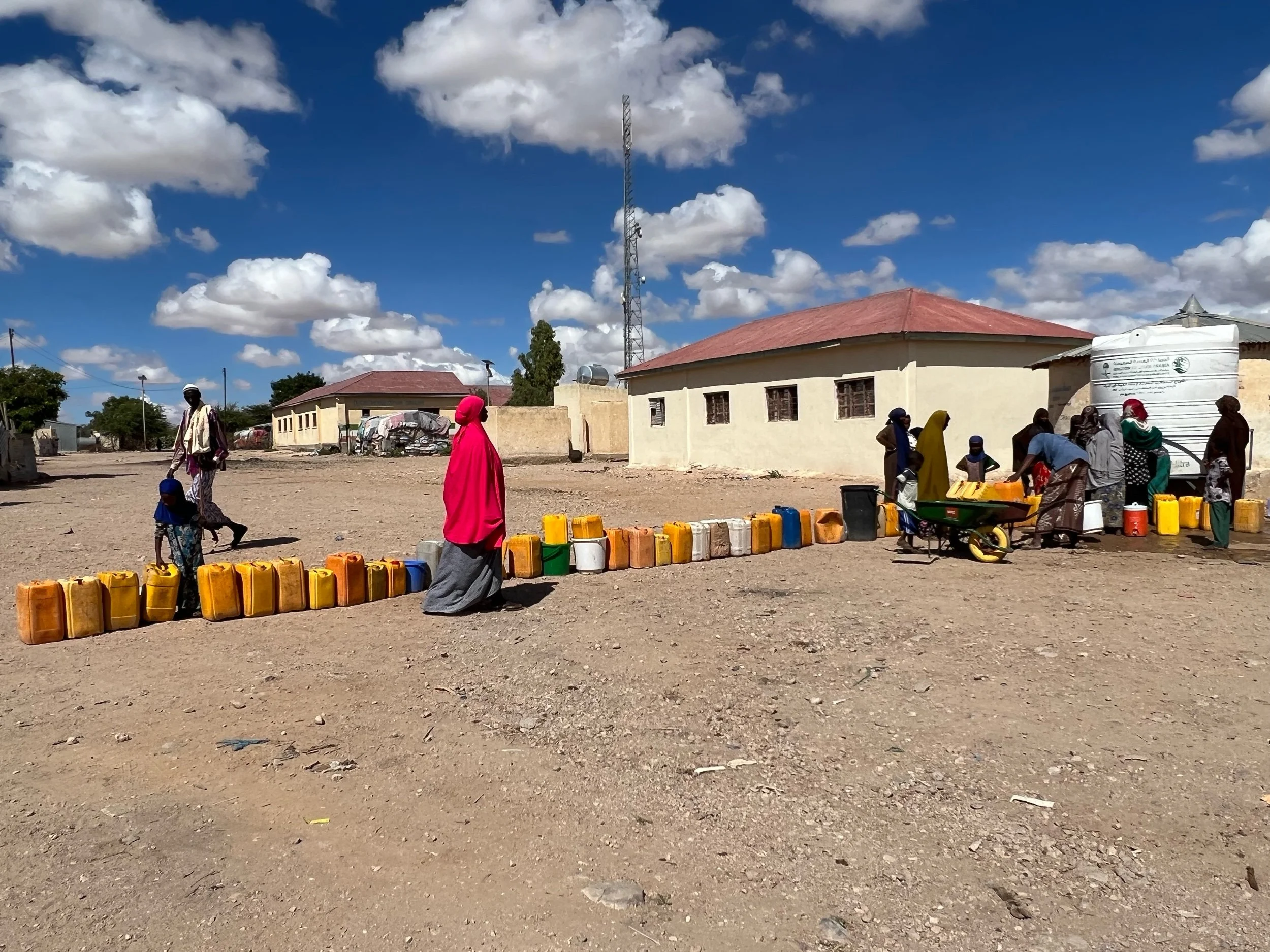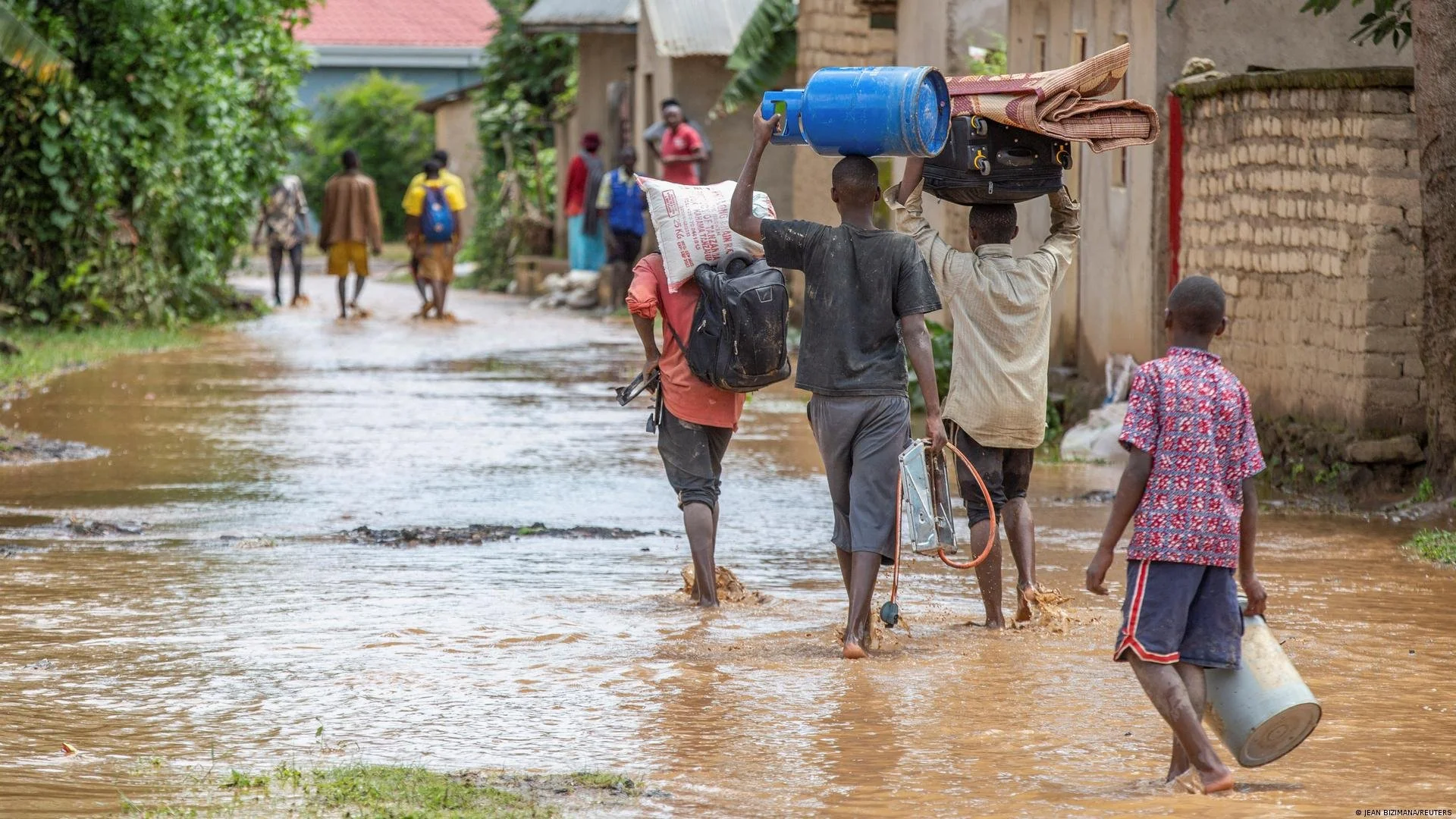Gaza is one of the world’s most densely populated places. A narrow strip of land only 141 sq. miles (365 sq. km.), it is home to 2.1 million Palestinians, 81 percent of whom are refugees. In addition to the humanitarian and political crises created by multiple years of recurring conflict, Gaza is also highly vulnerable to climate change. This includes experiencing more frequent and increased cold snaps in winter months and temperatures rising 20 percent faster than anywhere else in the world.
The International Committee of the Red Cross (ICRC) has examined the intersections of the environment, climate change and conflict extensively, and as the ICRC puts it, Gaza is “where the effects of climate change exacerbate serious humanitarian needs resulting from an unresolved conflict.”


































